Computer History - 1954 - IBM 704 vacuum tube based computer (floating point, scientific)
Like and subscribe. This is an archive channel, i'm not the owner of the content, check the link in the end. Introduced by IBM in 1954, the 704 was considered the first mass-produced computer with floating-point arithmetic hardware. The IBM 704 Manual of operation states: "The type 704 Electronic Data-Processing Machine is a large-scale, high-speed electronic calculator controlled by an internally stored program of the single address type."
The 704 was a significant improvement over the earlier IBM 701 in terms of architecture and implementation. Like the 701, the 704 uses vacuum tube logic circuitry and 36-bit binary words. Changes from the 701 include the use of core memory instead of Williams tubes, floating-point arithmetic instructions, 15-bit addressing and the addition of three index registers. To support these new features, the instructions were expanded to use the full 36-bit word. The new instruction set, which is not compatible with the 701, became the base for the "scientific architecture" subclass of the IBM 700/7000 series computers.
Computer History from 1954 showing the IBM 704 computer control panel and operator. Updated Narration. History lore says Arthur C. Clark witnessed the computer used to reproduce the song "Daisy" and this became an inspiration for his use of the song in "2001: A Space Odyssey".
The 704 could execute up to 12,000 floating-point additions per second.
IBM produced 123 type 704 systems between 1955 and 1960.
https://rumblevideoarchive.wordpress.com/
-
 13:43
13:43
Archive of Computer History Archives Project ("CHAP")
1 year agoComputer History 1949 -1960 Early Vacuum Tube Computers Overview, History Project Educational
48 -
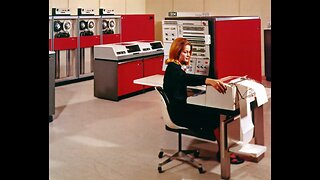 17:49
17:49
Archive of Computer History Archives Project ("CHAP")
1 year agoComputer History: IBM System/360 Mainframe 1964 ORIGINAL ANNOUNCEMENT, Transistors, Data Processing
15 -
 14:53
14:53
JessieJohn
10 months agoCOMPUTER MEMORY SYSTEMS - I Invented: 1988 & 1990 - Storing 125 Giga Bytes & 10 Septillion Bytes
18 -
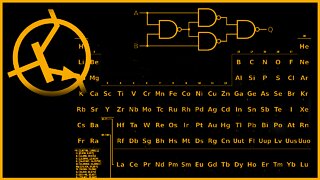 1:11:06
1:11:06
Gregg Ink Codes
2 years agoWhat do Computers do? And what are Integers and Floating Point?
38 -
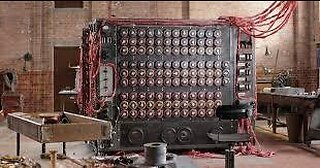 4:31
4:31
Dr. Dons: Computer Architecture and Assembly Language
1 year ago1_1 Computer History
4 -
 3:48
3:48
erpshop
1 year agoEvolution of Computers
7 -
 4:14
4:14
HeyDayVideo
1 year agoThe Birth of the Digital Age: Exploring the Fascinating History of Computer Invention | Alan Turing
33 -
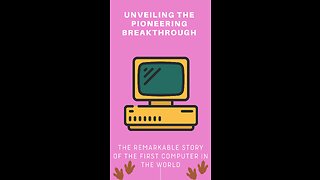 0:26
0:26
Exploring the future of technology
10 months agoUnveiling the Pioneering Breakthrough: The Remarkable Story of the First Computer in the World
3 -
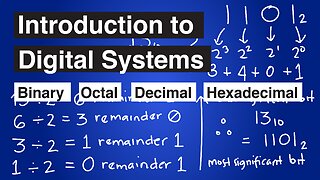 53:05
53:05
boyfriendnibluefairy
1 year agoDigital Electronics - Binary Octal Decimal Hexadecimal Conversion Tutorial
76 -
 8:51
8:51
AccAutomation
2 years agoClick PLC Compare and Math Instructions
5